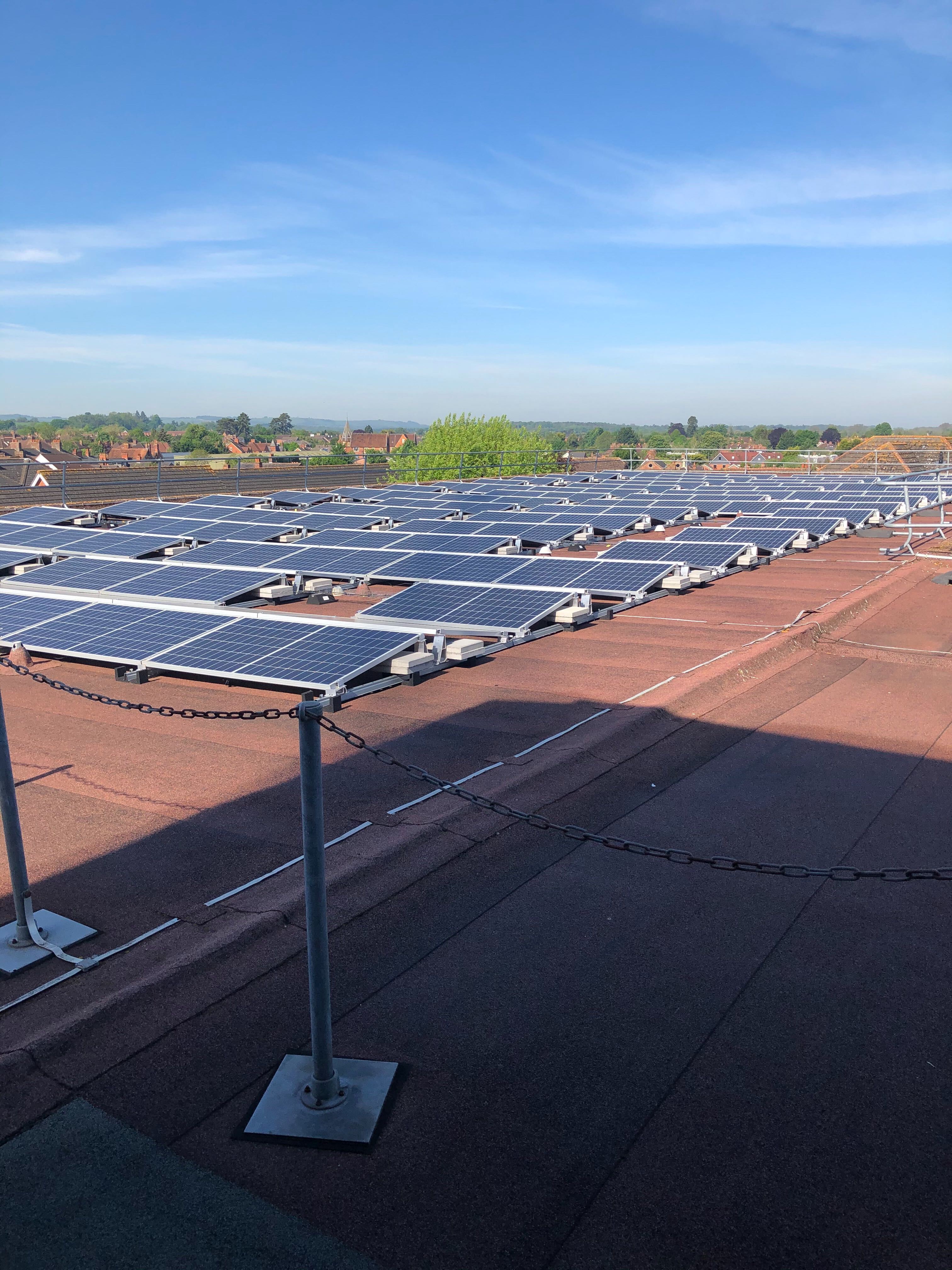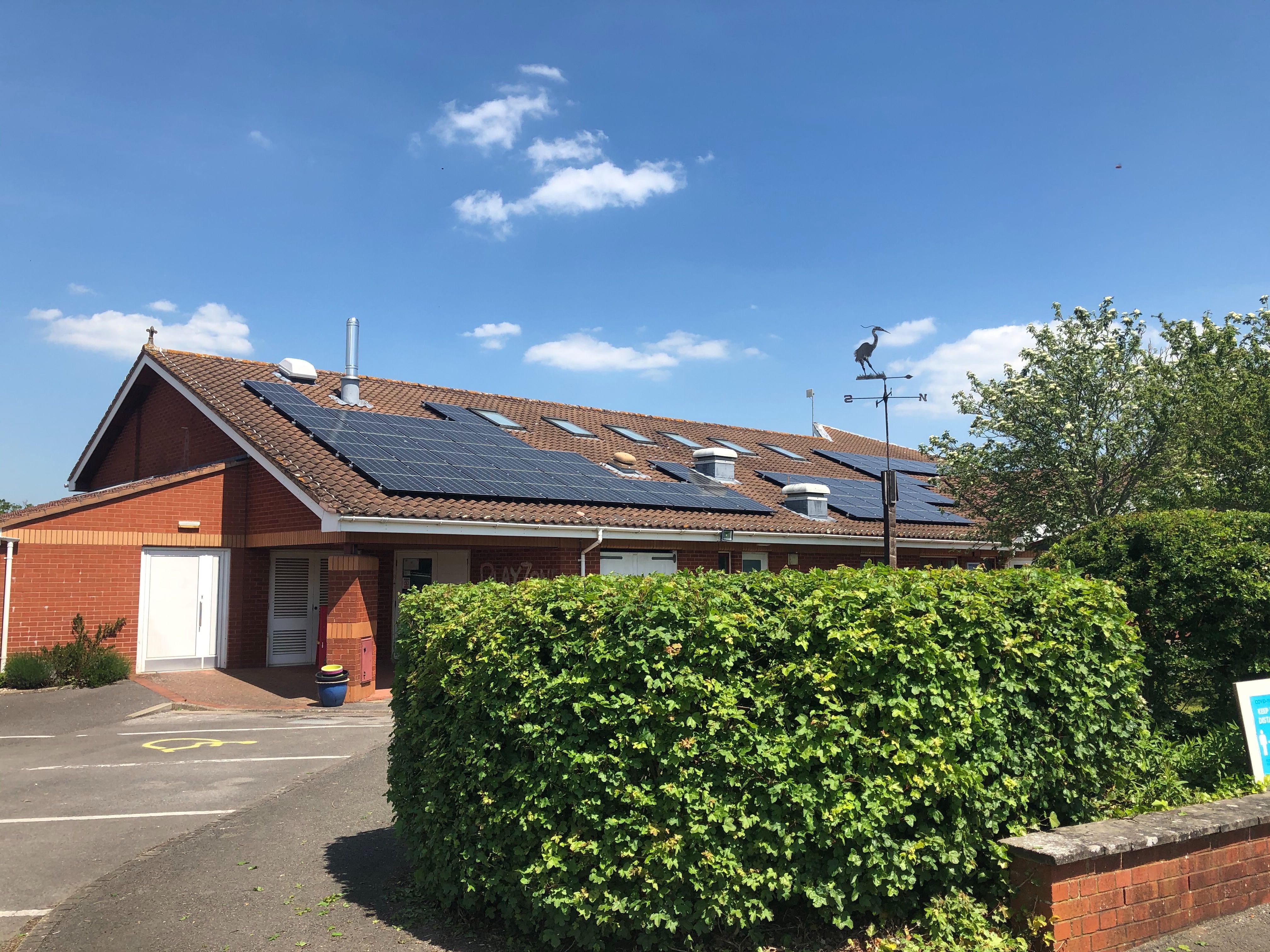Energy project reaches key milestone as Smarter Grid Solutions connects West Berkshire Council sites
A pilot project to create a smart energy system in Thames Valley has reached a major milestone after Smarter Grid Solutions (SGS) and its partners connected four of West Berkshire Council’s sites to the growing network.
SGS’s work with both West Berkshire Council and Reading Borough Council forms part of the ADEPT (Association of Directors of Environment, Economy, Planning & Transport) SMART Places Live Lab programme, a two-year £22.9 million project funded by the Department for Transport.
Solar photo-voltaics (PVs) at each of the four sites – West Berkshire Council’s head office and Northcroft leisure centre in Newbury, The Willink School in Burghfield Common, and Building 150, a warehouse on a former army base – have been linked using Cirrus Flex, a distributed energy resources management system (DERMS) created by Glasgow-based energy software specialist SGS.
The smart energy platform allows the council to monitor and analyse the amount of electricity generated at the sites and to begin planning for its net-zero operations. Since going live in 2020, the council’s head office and Building 150 have generated a combined 122 MWh of electricity - saving the equivalent of 29 tonnes of CO2 and generating enough electricity to power 32 homes for one year.

The council could also use the platform to manage energy use across the facilities, which would help it to cut its carbon dioxide emissions and save money.
Neighbouring Reading Borough Council is already working with SGS to monitor its solar PV and electric vehicle (EV) charging sites, and aims to control, optimise, and interact with wider grid services.
The Live Lab’s energy workstream focuses on smart energy management systems for integrated buildings and EV charging to monitor and, where feasible, control energy devices.
The Thames Valley Live Lab project has recently concluded and work is underway to explore how the trial can be extended to increase the benefits for local councils of reducing their carbon dioxide emissions and costs, while increasing their energy self-sufficiency.
The smart energy platform created during the live lab could form the basis to deliver and utilise clean energy for buildings, services, and transport at the lowest cost to local authorities, while meeting their mandatory net-zero targets.
Ben Kirley, project manager at SGS, said: “Connecting West Berkshire Council’s four sites to our smart energy platform is a key milestone for the Thames Valley Live Lab.
“This pilot project is a signpost for the future, when council’s will be able to manage their energy generation and use across multiple sites using a single platform.
“That’s essential if councils are going to hit their net-zero targets, while keeping down the costs to taxpayers.
“It’s exciting to be involved in this project and we’re looking forward to exploring how we can extend our work with the councils once the Live Lab comes to an end.”
Cllr Steve Ardagh-Walter, Executive Member for Environment and Waste at West Berkshire Council, said: “Being able to see how much energy is being generated by the solar panels across these four sites is extremely useful for planning our energy usage.
“The analytics dashboard gives us an excellent idea of what power is available and how it’s being used.
“The next steps are even more exciting – potentially managing power generation and use across the sites and linking that to the bigger picture about how we charge the council’s EVs and deliver services at our facilities.
“Tackling the climate emergency is a priority for West Berkshire Council and working with SGS on the Live Lab is an important step towards that goal.”

Giles Perkins, Live Labs Programme Director said: “The work in the Thames Valley Live Lab illustrates that potential in linking together the future needs and opportunities of our buildings and vehicles linked with digital solutions to maximise their potential. This link between place, energy, mobility and digital connectivity will be key in use achieving and exceeding net-zero ambitions.”
James Crosbie of the Thames Valley Live Lab project, said: “Planning for our net-zero future is a major challenge for every local authority energy manager.
“Our Live Lab is starting to provide some of the answers that they need to manage their fleets of EVs, their building management systems, and their solar panels and other renewable energy devices.
“The next steps will be for the councils that are taking part in our Live Lab to begin managing their energy using the technology that’s been developed and implemented during this pilot project.
“SGS and our other partners are giving councils the tools they need to begin tackling the climate emergency, while keeping costs as low as possible for taxpayers.”
ADEPT represents local authority, county, unitary and metropolitan Directors. The ADEPT SMART Places Live Labs programme is also supported by project partners SNC-Lavalin’s Atkins business, EY, Kier, O2, Ringway and WSP. Nine local authorities are working on projects to introduce digital innovation across SMART mobility, transport, highways, maintenance, data, energy and communications. Live Labs is part of ADEPT’s SMART Places programme to support the use of digital technology in place-based services.


Leave a Comment